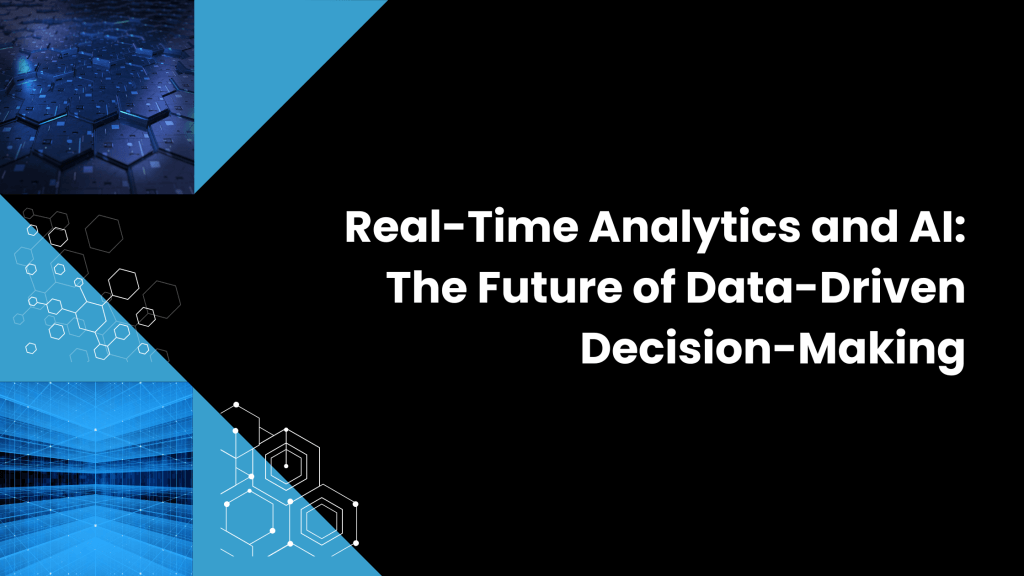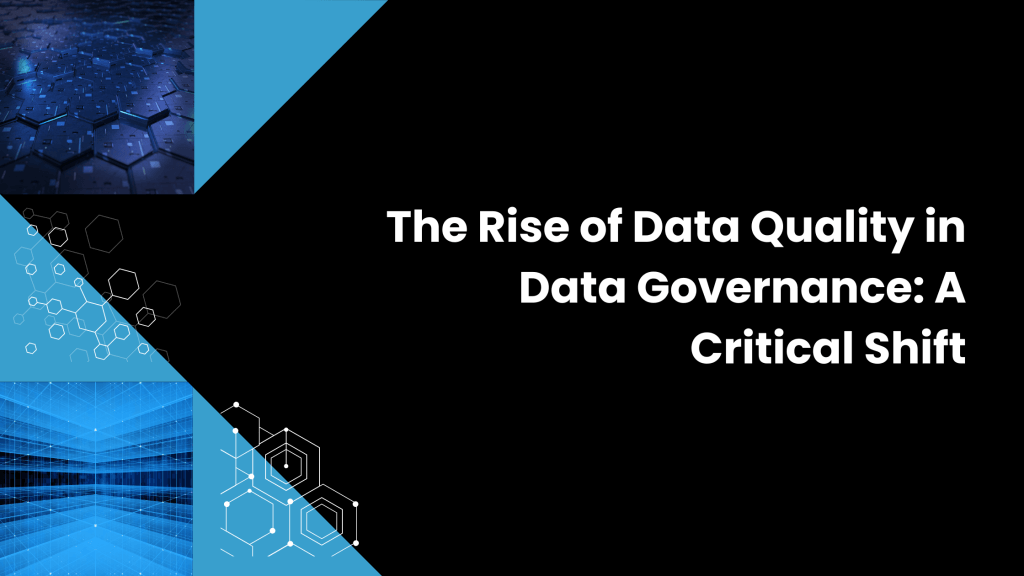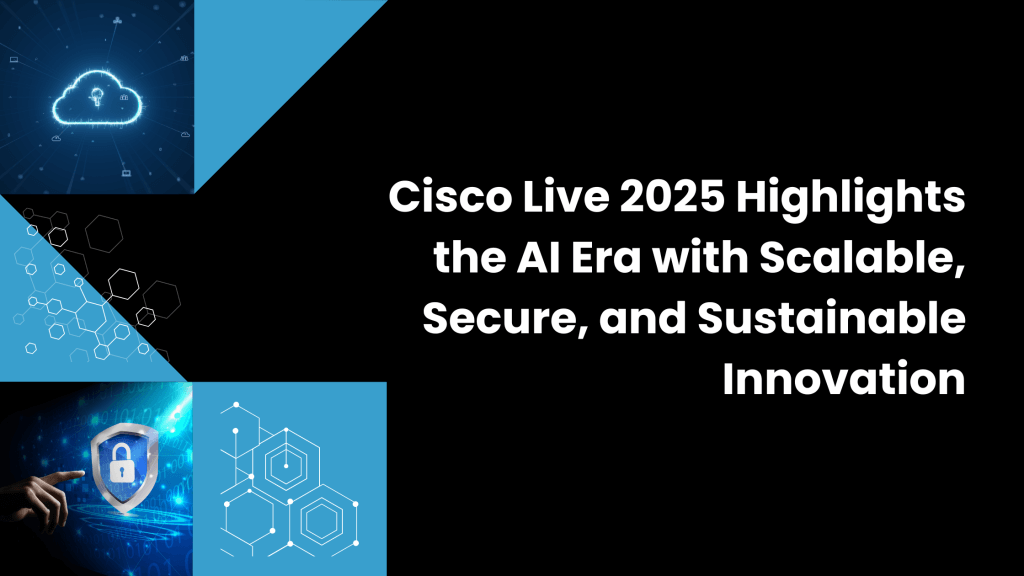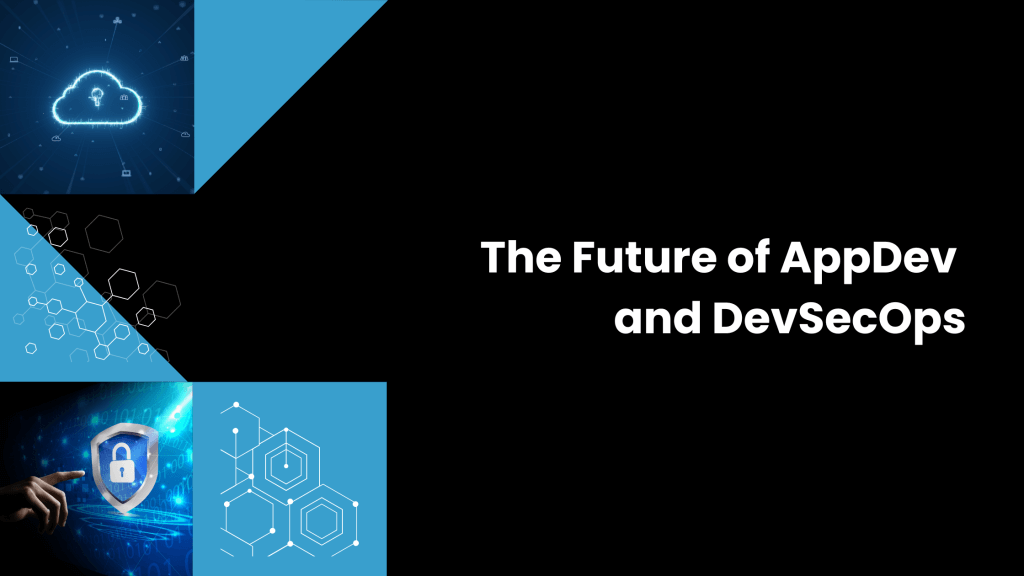269 | Breaking Analysis | The New Age of Analyst Relations in Tech

The analyst relations (AR) function is undergoing a fundamental transformation. Once dominated by a handful of large research houses, such as Gartner, IDC and Forrester, the market now features a spectrum of independent analysts and influencers. The fast-paced nature of the tech industry, its speed of change, the relentless competition and ubiquity of technology, make […]
Real-Time Analytics: Fueling the Next Wave of AI-Driven Applications

The real-time analytics market is projected to reach $147.5B by 2031. Discover how AI-driven automation and observability are transforming decision-making.
The Rise of Data Quality in Data Governance: A Critical Shift

By 2026, 60% of organizations will monitor data quality as a core governance strategy. Learn how AI, compliance, and automation are reshaping data governance.
Create Resilient Supply Chains with Causal AI

In the latest episode of the Next Frontiers of AI Podcast, hear from Ishansh Gupta, the lead data scientist for quality management at BMW Group. We discuss how advancements in AI are being used to create more resilient and trustworthy supply chains and manufacturing processes.
You’ll also learn more about the power of Causal AI, why Ishansh became an early Ph.D. in the rapidly expanding field, how he earned his management’s trust, and how he is now nurturing the next generation of AI and data science talent.
268 | Breaking Analysis | Broadcom Momentum Brings Renewed Investor Enthusiasm

Since the Gen AI awakening, we’ve said consistently that NVIDIA and Broadcom are the #1 and #2 AI plays in tech. Since peaking in mid-December of last year, Broadcom shares have been under pressure, off on sympathy with other semiconductor stocks and the general confusion about the economy, tariffs, inflation, jobs, geopolitics, debt, etc. Broadcom’s Q1 results were impressive and assuaged some of these fears. At one point last night after hours the stock was up 15% from its previous close and midday Friday was up around 6-7% despite continued pressure on tech shares. Market transitions such as the one we’re in now often bring confusion and market volatility as the new high growth sectors are not large enough to offset the slowdown in the larger declining markets. NVIDIA doesn’t have this problem because it is at the mainspring of the new wave. Broadcom is facing a similar but different dynamic in that its traditional businesses are ones that are extremely durable. Moreover, we see two relatively new dynamics coming into play for Broadcom: 1) Hyperscalers are coming to Broadcom to enable their custom AI accelerators; and 2) Broadcom’s VMware strategy is working, lifting the company to new software heights.
267 | Breaking Analysis | Nadella vs. Benioff: The Real Story Behind AI’s Agentic Future

A seismic shift is underway in enterprise software, one that pits two of the most influential leaders in the industry—Microsoft’s Satya Nadella and Salesforce’s Marc Benioff—against each other in a war of words that highlights the broader transformation unfolding in enterprise applications. Nadella predicts the demise of traditional SaaS applications, arguing that AI-powered agents will take over, fundamentally redefining enterprise software. Benioff, on the other hand, argues that AI will serve as an augmentation layer and rely on his existing platform to supply the digital workforce of the future.
AI That Knows Why

In this episode of the Next Frontiers of AI Podcast, I am joined by Stuart Frost, the CEO and founder of Geminos. We discuss the future of AI-powered business decision-making, which understands why outcomes occur. You’ll learn how this industry pioneer has delivered next-generation AI platforms that incorporate new innovations in Causal Knowledge Graphs. By integrating causal relationships, Causal Knowledge Graphs transform knowledge graphs from passive repositories into dynamic, self-reinforcing systems that provide a foundation for more intelligent decision-making AI agents.
Cisco Live 2025 Highlights the AI Era with Scalable, Secure, and Sustainable Innovation

Cisco Live 2025 showcased AI-driven networking, security, and IT infrastructure innovations. Learn how Cisco is leading the AI era with scalable, secure, and sustainable solutions.
The Future of AppDev and DevSecOps

Explore how AI, DevOps consolidation, and security integration are shaping the future of AppDev and DevSecOps. Learn about key trends in automation, governance, and developer productivity.
